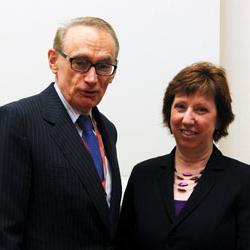In process of globalization and internationalizationworld economy, international flows of goods, capital, services and credits are growing. Currency relations are the public interactions accompanying the operations connected with the functioning of currencies during the interstate exchange of goods, services and information.

Their subjects are:
- Residents:
- physical persons (citizens of the Russian Federation);
- Foreign citizens and stateless people who permanently reside in the Russian Federation by residence permit;
- yurlitsa created in accordance with the laws of the country;
- branches, representative offices and other subdivisions of residents located outside the RF;
- Consular offices, diplomatic representations of Russia beyond its borders;
- Russia, its subjects and municipalities.
- Non-residents:
- individuals-non-residents;
- yurlitsa, located outside the Russian Federation;
- accredited in Russia diplomatic missions and consulates of foreign countries;
- organizations that are not legal entities, located outside the Russian Federation;
- intergovernmental and intergovernmental associations, their representative offices;
- branches, representative offices and other structural subdivisions of non-residents located in the Russian Federation.

Currency relations are the most difficult partinterstate financial realities. They are the basis of interstate interaction. The currency as a universal equivalent participates in the exchange of all goods and capital.
All ongoing currency relationsform a single system. It is a special form of organization of communications in the sphere of currency exchange, fixed by law. In connection with this, several types of such systems are distinguished in the world economy:
- The world currency system. The form of organization and circulation of national money on a global scale. In these relations, there is no single world currency standard.
- National. It determines how the monetary equivalent will function within one country, by whom it will be issued and controlled.
- Regional. This is a new element of the universal system, which is the link between the national and the world. There are rules for the functioning of the currencies of a particular region when seeking to use a common monetary unit. (Example: CIS).

Today for the international monetary systemthe competition between the euro and the US dollar is typical. The main calculations between countries are carried out in the latter, and they set the rules for the convertibility of other currencies. However, the euro is fairly confidently approaching becoming the new equivalent of international payments.
Now the market already has a set of rules and restrictions, as well as unified forms of payments at the international level, legalization of currency trading, etc.
Great influence on financial and foreign exchangethe relations on the international scale are rendered by the leading developed countries (especially the G-8), acting as rival partners. In recent years, there has been an increase in the number of developing countries in this area.
</ p>>
The bi-currency basket is under control
The currency market of Russia is the formation and
Multicurrency payment solutions -
Currency transactions are a special kind of
What are foreign exchange markets?
Currency risk insurance: theory and
What is the exchange rate of currency? MICEX and BVFB
Currency trading. Currency trading on the MICEX




